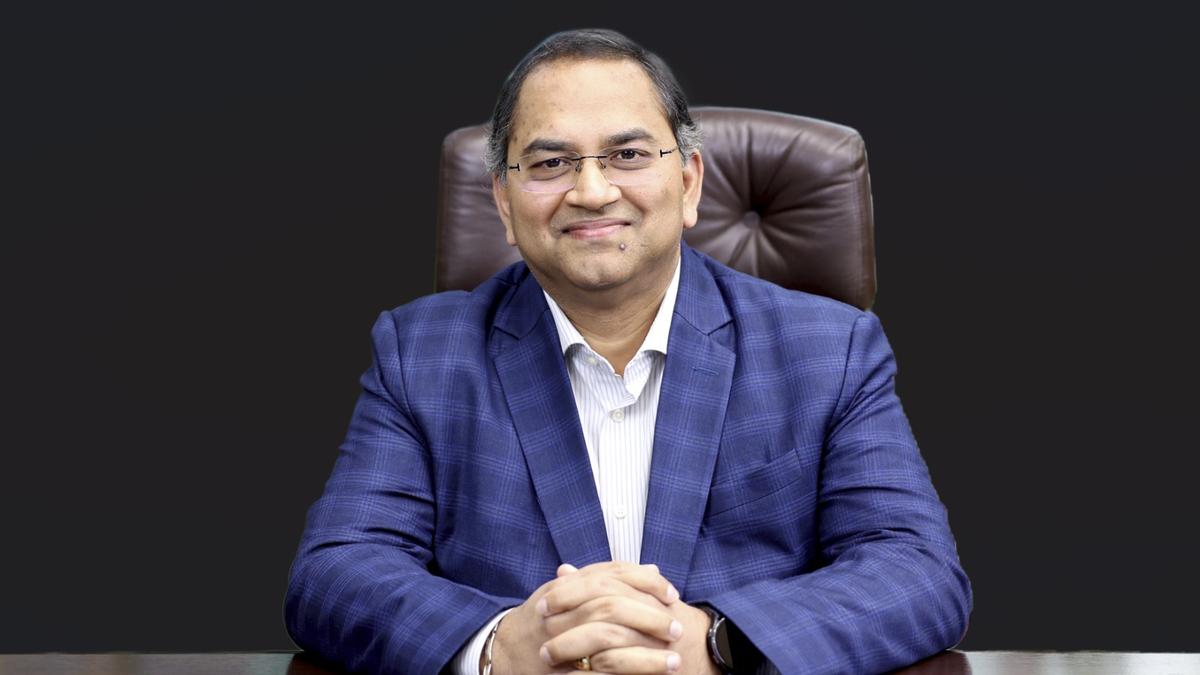Samsung’s India R&D facility based in Bengaluru, a site that had a humble beginning in 1996, has emerged as a critical collaborating partner globally for South Korean consumer electronics corporation.
Mohan Rao Goli, MD, Samsung R&D Institute India-Bengaluru (SRI-B) told The Hindu that, “The centre has been making key contributions to wireless communications technology. It worked through various generations of communication technology, from the 2G to 3G transition, 3G to 4G transition, and currently, the 4G to 5G transition and beyond.’‘
Another huge wave of transition, the company working from Bengaluru R&D was on the transition from feature phone to smartphone technology. Samsung in India has been working on multiple transitions, including connectivity technologies, cellular technologies, and smartphone technologies.
According to Mr. Goli, there was a transition from feature phones to the smartphone, which happened during the 2000s. The 4G transition was also happening. So along with the connectivity technologies, cellular technologies, the smartphone technologies also started to happen. This then led to requirements for smartphone platforms. “So, our take on the Android, our take on the smartphone, our take on the Galaxy ecosystem created the transition from the feature phone to the smartphone.’‘ he narrated.
Samsung is now witnessing yet another wave of transition with the advent of AI.
“I think now we are witnessing another such kind of transition, smartphone to the AI phone or smartphone era to the AI era. With this, we are also playing a very important role with the Galaxy AI as a platform to create that AI phone transition to happen for the consumers.”
According to him, for every technology or platform transition, Samsung as an R&D organisation, played a very meaningful contribution, so that Samsung’s consumers get the best of features available on its devices. Further elaborating on India’s contribution, Mr, Goli said, at Bengaluru R&D Center, either it is the wireless communications or the computer vision, system software, Internet of Things and AI and services. “These are the technology pillars where we are contributing a lot into the Samsung device portfolio.’‘
Each of these technology pillars is adopting AI and then coming up with meaningful innovations in each of these areas, to provide some unique services, like Samsung Wallet and Samsung Finance+.Some Indian consumer needs are getting addressed through these services, he said adding Samsung Finance+ was a kind of lending platform and the company partnered with financing institutes to bring affordability to Samsung users to buy Samsung devices.
Elaborating on the centre’s global contributions, he said the company believed in a collaborative approach and accordingly all its R&D centers across the world, including Suwon R&D center, Seoul R&D center, Bangalore R&D center, work together to provide meaningful contribution to all our Samsung Galaxy devices.
“For example, for the Fold 7 and Flip 7, we contributed various kinds of features under the umbrella of Galaxy AI. The auto-transition, for example. The Galaxy Fold 7 is a slim foldable device, so we had to utilise all the sensors available in the device to switch between the wide sensor to the ultra-wide sensors based on the scene understanding, then making the depth, realistic depth estimations,’‘ he explained.
At this R&D centre, Samsung has a huge responsibility to understand the requirements of all consumers, including Indian consumers, and then, develop and create innovations. “For example, the Samsung wallet is part of our Galaxy devices. We prepared UPI as a payment service in the Samsung wallet itself, which is an Indian customisation,’‘ he explained.
Another thing which was also a kind of very important feature for the Indian consumers was the Voice Focus.
“During the real-time call, there is a lot of background noise. By clicking on the voice focus button, it eliminates background noises and gives a crystal clear voice for the listener,” he elaborated.
Customised cooling was another innovation, which Samsung recently made a part of its SmartThings, which is our IoT platform.
“In Indian hot summer, people generally turn on the AC at night. And in the middle of the night, when they feel that it is cold, they turn off the AC and then turn on the fan. And then when it becomes warm, they turn off the fan and then turn on the AC.”
To solve this issue, Samsung has partnered with smart fan vendors to boost its SmartThings Samsung air conditioner. These fans will help maintain a unique temperature in the room and help people sleep without interruptions.
“Our air conditioner will measure the temperature to see that whether the temperature is maintained in the room or not.”
Language focus
Responding to a query on challenges to include more languages, Mr. Goli said, “Galaxy AI, we support Hindi and Hinglish which has a challenge because people mix Hindi and English while speaking. “
The centre currently supports Hindi, when it comes to Galaxy AI languages. For example, in Galaxy AI, one of the most used features is the Circle to Search and Live Translate. So, if a person wants to speak to his French friend, his friend is speaking in French, it can be translated into Hindi. “I can speak in Hindi and it can be translated to French for my French friend. So, all of this happens during the voice call itself.”
There are challenges when it comes to regional languages, but the centre was overcoming all these challenges with the technology. “We are utilising the trend of AI and then using AI to solve these particular challenges and then make it part of Indian languages also part of Galaxy AI. So, this work is happening at the moment as we speak,’‘ Mr. Goli concluded.
Published – October 25, 2025 11:56 pm IST

